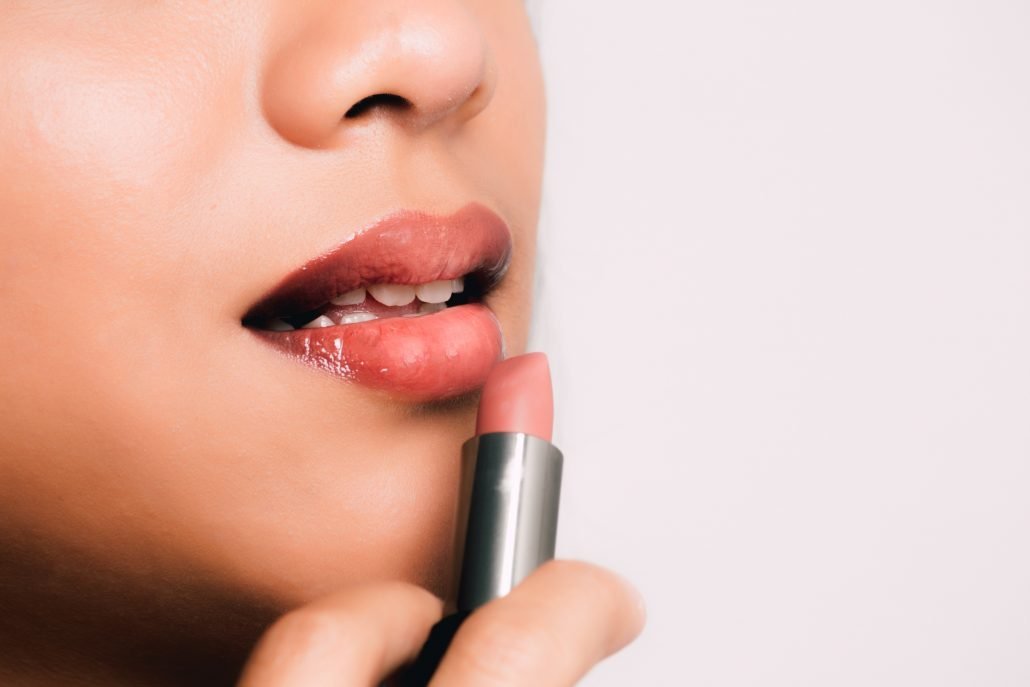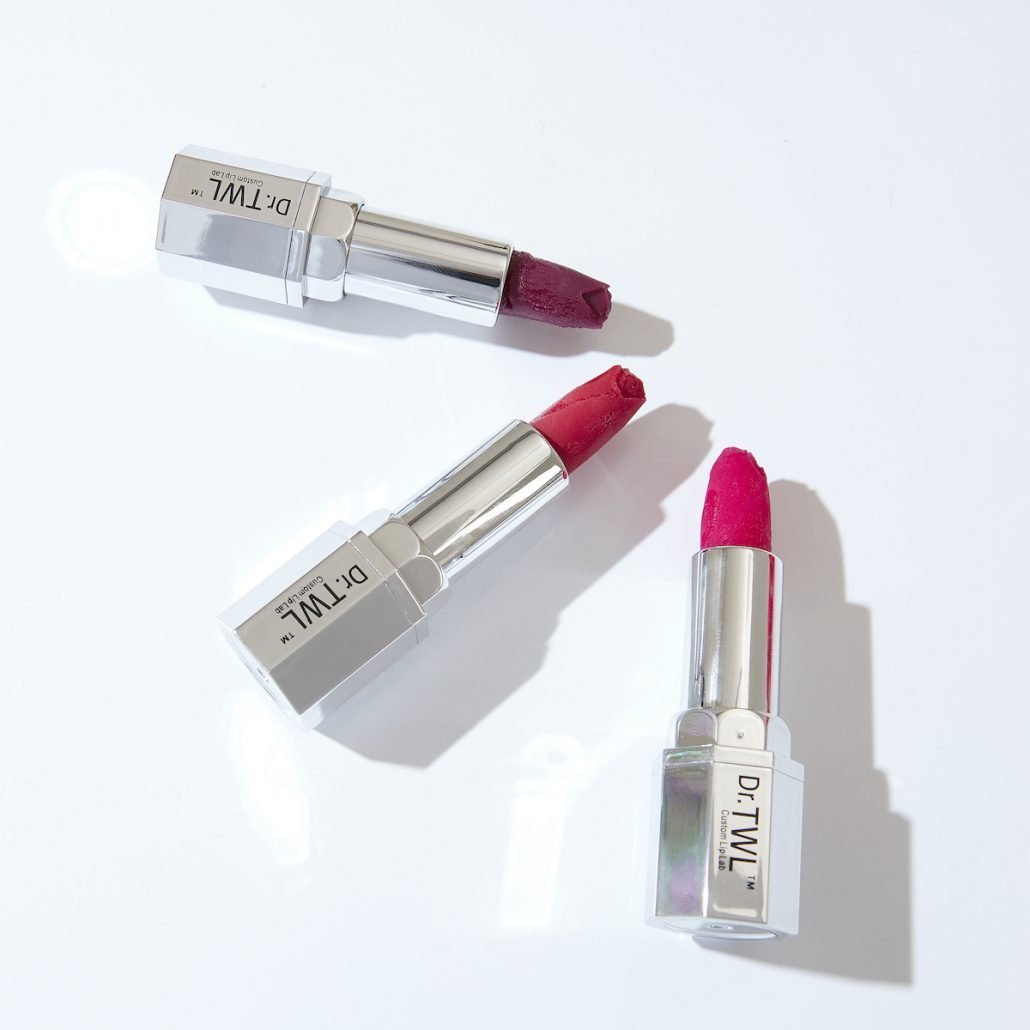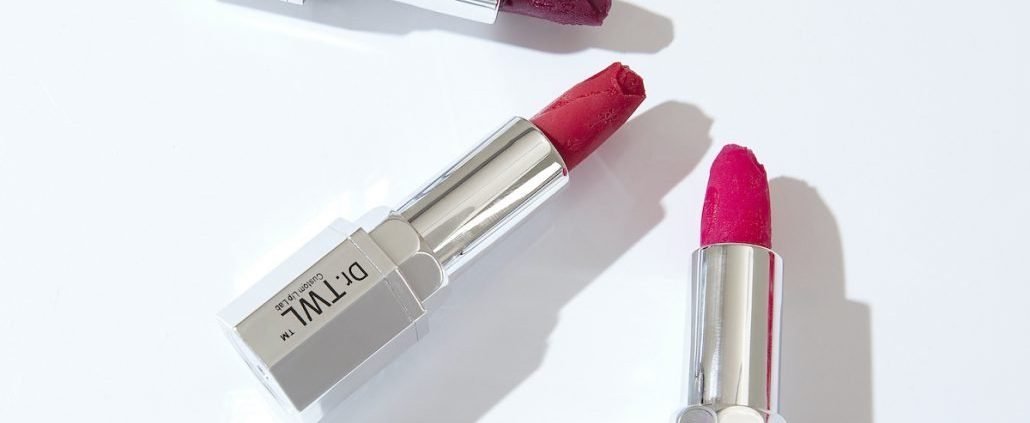Astaxanthin Blue Light Blocking Skincare

What is Astaxanthin?
This compound is responsible for the red-orange pigment in many marine animals such as lobster, shrimp, salmon, and more. It is a xanthophyll carotenoid. Unlike other carotenoids however, it cannot convert to Vitamin A in the body. Due to its unique structure, astaxanthin is more active than other carotenoids like zeaxanthin and lutein, and beta-carotene, and has higher antioxidant activities. In this ingredient spotlight series, learn more about the benefits of astaxanthin.
Where can this blue light blocking Astaxanthin be found?
The astaxanthin you see in your favorite seafoods are actually synthesized in microalgae. It bioaccumulates in plankton, crustaceans, and then fish through consumption. Although the compound can be synthesized by plants, bacteria, and microalgae, it is primarily found naturally in the algae Haematococcus pluvialis.
The main source of astaxanthin intake in humans is through seafood. For example, wild sockeye salmon contains 26-28mg per kg of flesh.
What are the benefits of Astaxanthin on skin? What is the evidence?
Antioxidant activity
The mechanisms of aging, both chronological and photoaging, include the generation of reactive oxygen species (ROS) via oxidative stress and exposure to UV light. Astaxanthin has potent antioxidant properties
Comparative studies have examined the photoprotective properties of multiple carotenoids. They show that astaxanthin has greater antioxidant capacity compared to other carotenoids in human skin cells. In particular, it inhibits ROS formation and prevents oxidative stress.
The compound’s antioxidant activities are not only through direct radical scavenging, but also by stimulating pathways in the body to generate our body’s own natural defense against free radical damage.
Anti-inflammatory properties
It is well established that various proinflammatory markers in skin are increased as a result of UV exposure. One hypothesis that is gaining traction in fields of research is the theory of inflammaging. Inflammaging is the process of low-grade chronic inflammation in the body, and can be a risk factor for many age-related diseases and mortality risk in the elderly.
Keratinocytes, the primary type of cell found in the epidermis (top layer of the skin), increase the amount of inflammation in the body as a response to UV exposure. Astaxanthin also show decreases UV-induced reactive oxygen species in the body and inhibits inflammatory proteins in keratinocytes.
One in vitro study showed that in 65 healthy female subjects who had oral astaxanthin supplementation for 12 weeks, the secretion of inflammatory proteins and the number of enzymes that breaks down collagen decreased. Additionally, the clinical study showed that skin moisture content and deep wrinkles did not significantly change in the group who took astaxanthin, as opposed to the group who did not take the supplement in which the skin moisture content and deep wrinkles worsened significantly.
Immune-enhancing effects
Research has shown that astaxanthin enhances immunoglobulin (proteins that produce antibodies to fight infections) production. It also showed to increase natural killer cells that serve as our body’s surveillance system in detecting tumors and viruses in our body.
In one comprehensive study, after 8 weeks of supplementation, it was found that astaxanthin enhanced the immune response.
Effects on skin damage
Collagen and elastin are two of many proteins that help to keep your skin looking youthful and elastic. As our skin ages both chronologically and due to photodamage, changes in these proteins can show in the formation of wrinkles, loss of elasticity, dryness, and impaired wound healing.
Studies have demonstrated that an astaxanthin extract derived from the algae Haematococcus pluvialis increased collagen content through the inhibition of MMPs – enzymes that break down collagen. It has also been shown that astaxanthin is an effective compound for accelerating wound healing in mice. This is by increasing collagen in the wound, an essential protein important in closing up the wound.
Multiple clinical studies have shown that a combination of astaxanthin and collagen hydrolysate for 12 weeks improved elasticity and skin barrier strength in humans. Furthermore, one study showed that topical application combined with oral supplementation of astaxanthin for 12 weeks resulted in significant improvements in skin wrinkle, age spot size, elasticity, and skin texture.
Effects on DNA repair
Exposing your skin to UV can cause damage to DNA. The harmful effects of exposure to UV radiation are mostly due to the errors in DNA repair. Hence, leading to mutations. Astaxanthin has shown to be capable of minimizing DNA damage. It also has demonstrated inhibition of UV-induced DNA damage, and increased the expression of oxidative-stress responsive enzymes, helping to combat oxidative damage.
Is it safe?
Astaxanthin from the microalgae Haematococcus pluvialis has been approved for dietary supplementation in Europe, Japan and USA. The Food and Drug Administration (FDA) has approved Astaxanthin from H. Pluvialis for human consumption of up to 12mg per day.
Blue light blocking skincare makeup in a blush stick

The Happy Blush Stick Edible Lip-Cheek Stain contains blue-light blocking Astaxanthin, as well as mood-boosting Crocus Sativa, for a much needed endorphin rush.
References:
Davinelli S, Nielsen ME, Scapagnini G. Astaxanthin in Skin Health, Repair, and Disease: A Comprehensive Review. Nutrients. 2018;10(4):522. Published 2018 Apr 22. doi:10.3390/nu10040522










Leave a Reply
Want to join the discussion?Feel free to contribute!